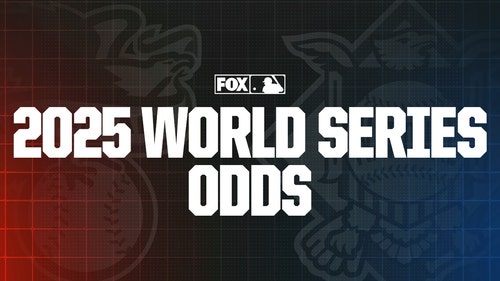
Oswalt deal no guarantee for Rangers
OK, now that Hamlet — er, Roy Oswalt — finally has made a decision, how effective will he be for the Texas Rangers?
How healthy is he?
How quickly will he join the Rangers’ rotation?
How will he fare pitching in the American League for the first time?
These are all fair questions, and the Rangers can’t pretend to know all of the answers.
Don’t get me wrong; the Rangers aren’t necessarily making a mistake by signing Oswalt and paying him $4 million for the rest of the season.
Yes, the Rangers already were over budget with an Opening Day payroll of $120.5 million, the sixth-highest in the majors. But they’re second in the majors in home attendance, on pace to draw a club-record 3.5 million.
The Rangers can afford Oswalt, no question. After losing two straight World Series, they should go all-out to win one. The loss of right-hander Neftali Feliz to an elbow injury created an opening for Oswalt, and the Texas offense — the highest-scoring in the majors — gives all of the team’s pitchers considerable margin for error.
One other thing: Baseball acquisitions are a zero-sum proposition. The Rangers no doubt were watching when Angels right-hander Jered Weaver walked off the mound with a back injury on Monday night. If the Rangers had not jumped on Oswalt, the Angels might have grabbed him — and perhaps tilted the AL West race in their favor.
That said, Oswalt probably is a month away from joining the major-league rotation. The Rangers, for now, will continue with right-hander Scott Feldman in Feliz’s spot. They eventually could have replaced Feldman with righty Alexi Ogando, if necessary, and still had righties Koji Uehara, Mike Adams and Joe Nathan at the back end of their bullpen.
So, in a sense, the signing of Oswalt is piling on. But when it comes to pitching, too much is never enough. Just within the past several days, the Angels lost Weaver, the Phillies lost Roy Halladay and the Dodgers lost Ted Lilly. And who’s to say that Feliz will be the Rangers’ last injury?
Better pitchers than Oswalt — namely, Brewers right-hander Zack Greinke — could be available at the July 31 non-waiver deadline. But to get one of those pitchers, the Rangers would need to give up prospects. Oswalt will cost only money — and not an outrageous amount of money, given baseball’s inflated salary structure and the Rangers’ booming revenues.
The rationale for signing Oswalt, then, is easy to embrace, particularly if you’re a fan of the Rangers. The deal, however, is not without risk, not when Oswalt twice went on the disabled list last season with back trouble, not when he took so long to make up his mind.
Oswalt, 34, lives in Weir, Miss., and his preference was to join either the Rangers, the contender closest to his home, or the St. Louis Cardinals, the contender closest to a farm he owns in Missouri.
He opened up the process in recent weeks, throwing bullpen sessions for the Phillies, Red Sox and Dodgers. But his salary demands raised questions about his motivation and turned off some clubs.
“It’s all about him — about money, convenience, etc.” one baseball official said. “He’ll say it’s about winning, but come on. The process, his age and his declining ability … I don’t know.”
Oswalt was 9-10 with a 3.69 ERA in 23 starts last season, and his ERA-plus — his ERA, adjusted to league and park — was only slightly above-average. The year before, however, he was brilliant after getting traded from the Astros to the Phillies, going 7-1 with a 1.74 ERA.
The Rangers will be overjoyed if they get anything close that pitcher in the second half. They just might, given the amount of time that Oswalt has had to recuperate. But we’re talking about an older, oft-injured pitcher who is moving from the NL to the AL.
No guarantees. No guarantees at all.










